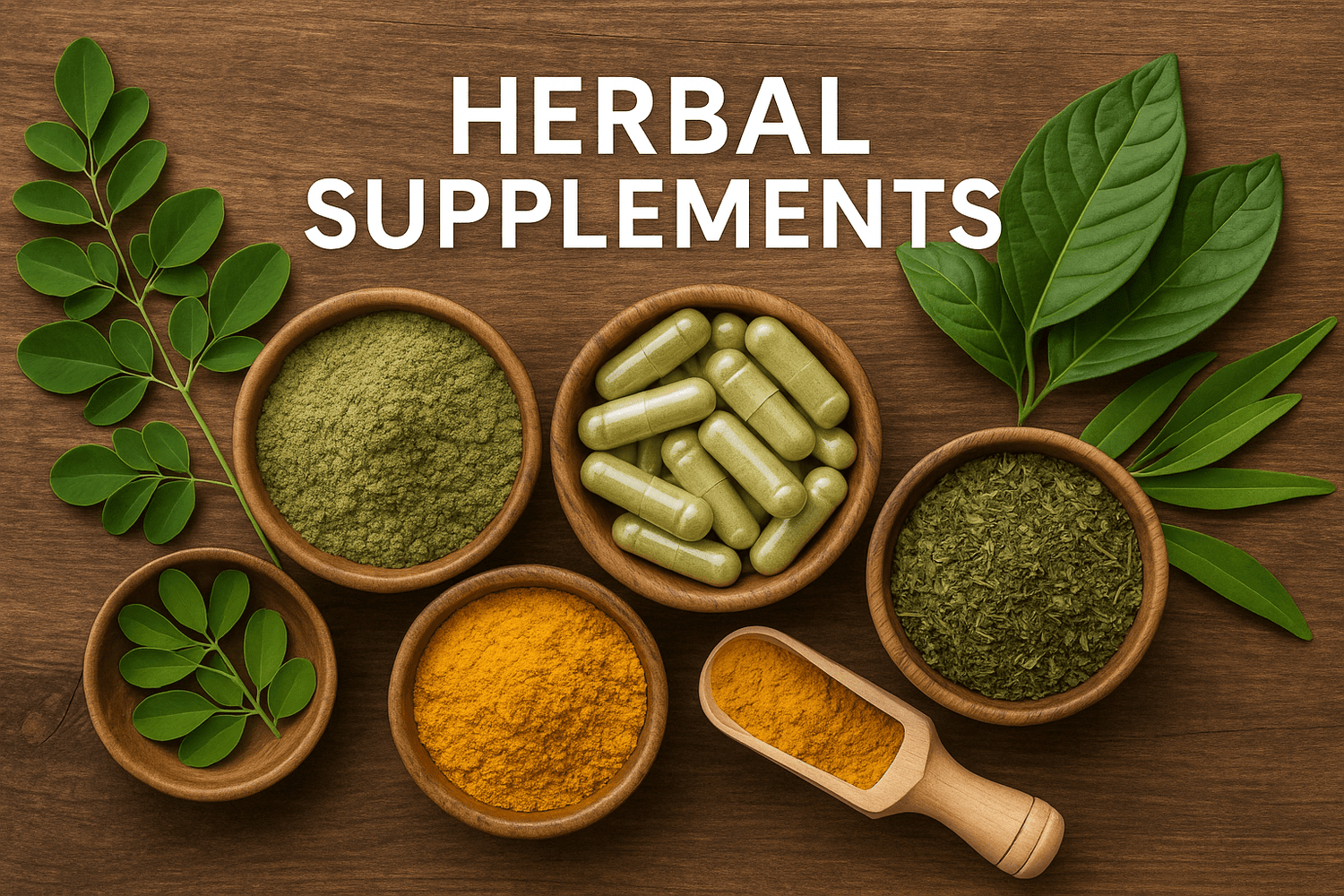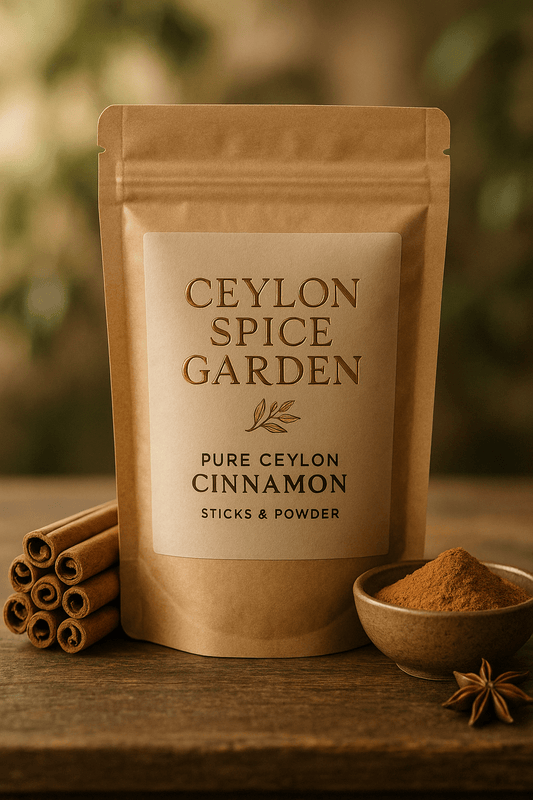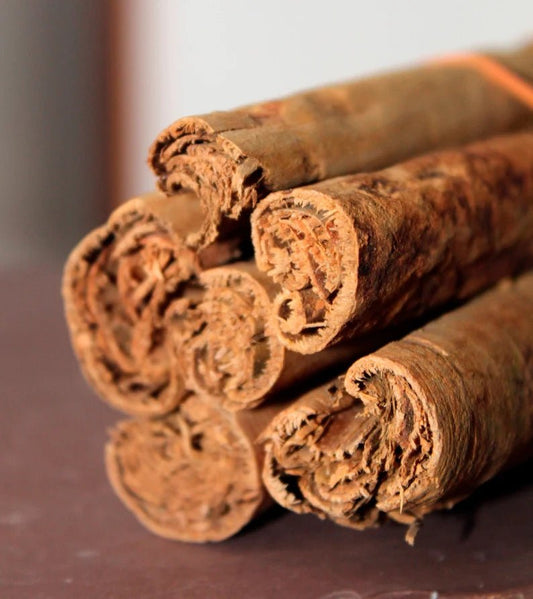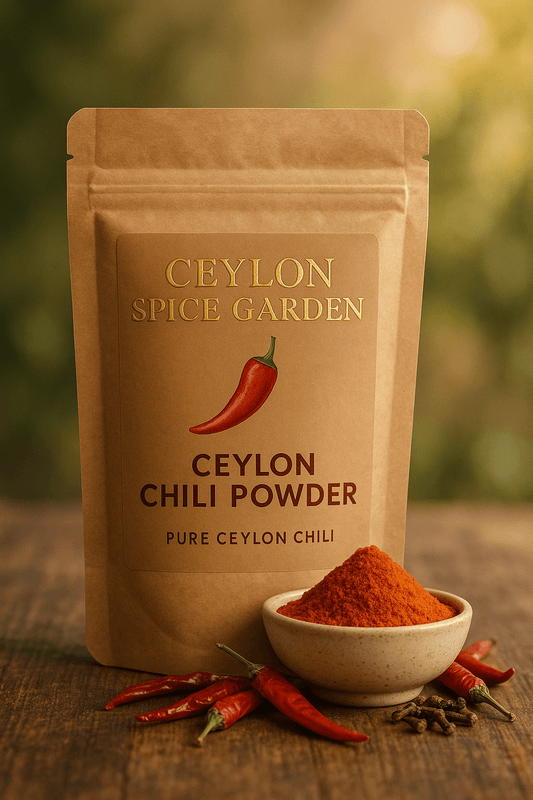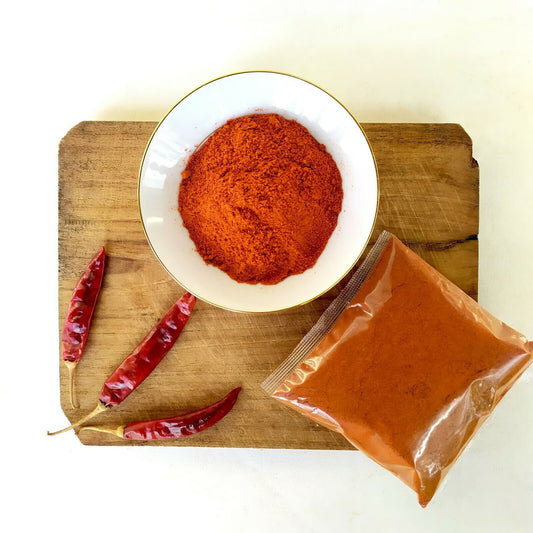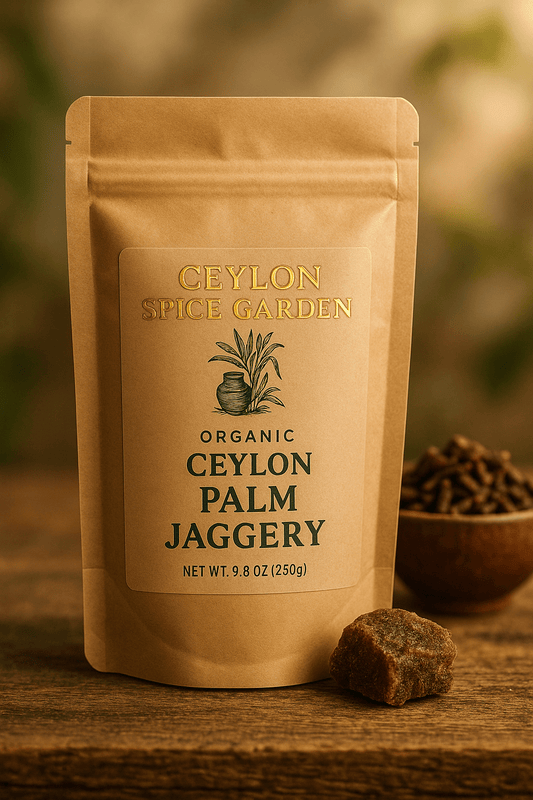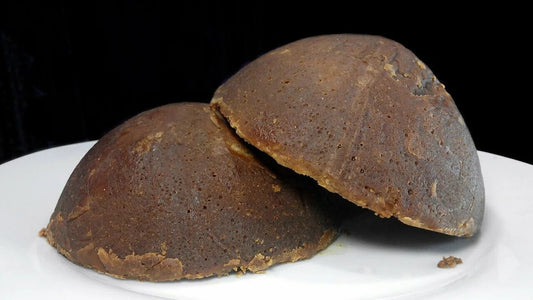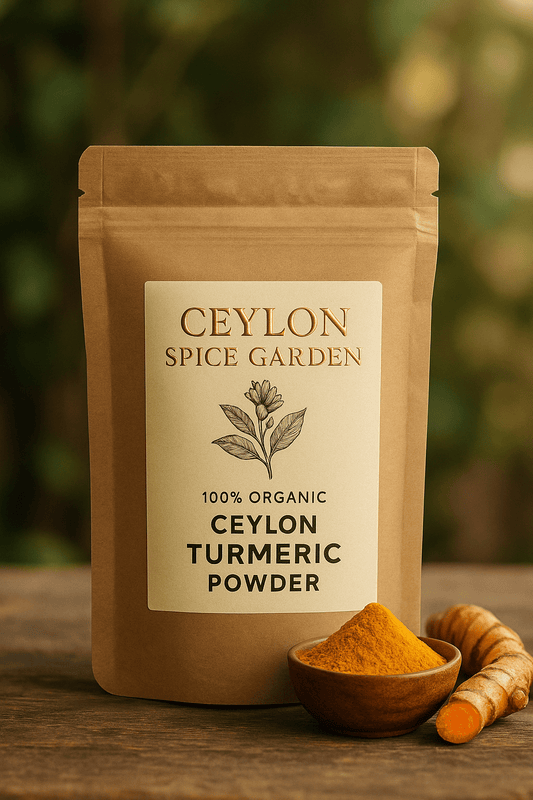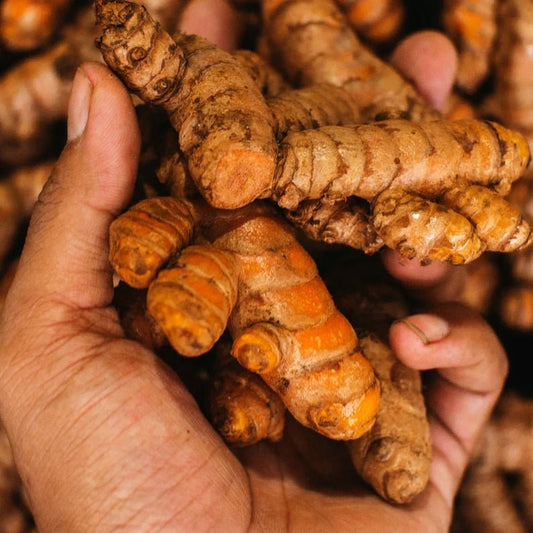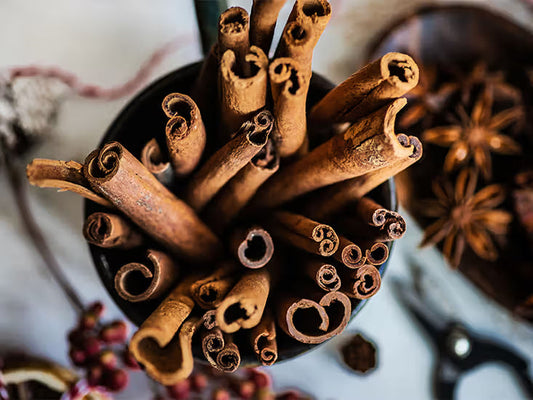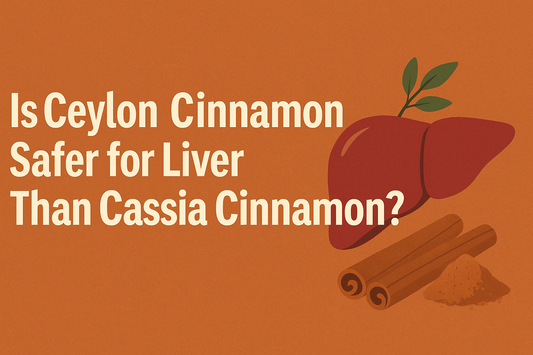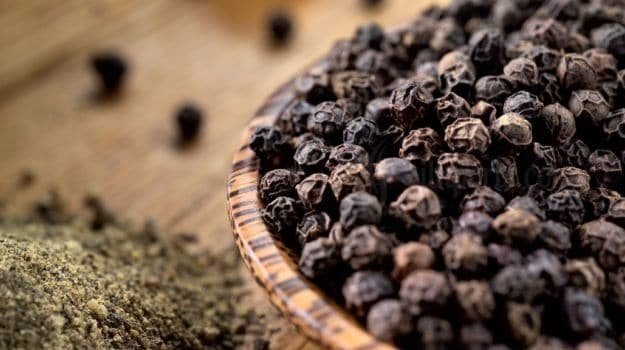
What Makes Sri Lanka's Black Pepper Special | Ceylon Spice Garden
What Makes Sri Lanka's Black Pepper Special: The King of Spices from the Pearl of the Indian Ocean
Table of Contents
- The Unique Terroir of Sri Lankan Pepper
- Exceptional Piperine Content
- Complex Flavor Profile
- Traditional Cultivation Methods
- Artisanal Processing Techniques
- Sri Lankan Pepper Varieties
- Quality Grading System
- Comparison with Other Origins
- Culinary Applications
- Health Benefits and Medicinal Properties
- Sustainable Production Practices
- Frequently Asked Questions
The Unique Terroir of Sri Lankan Pepper
Understanding what makes Sri Lanka's black pepper special begins with the island's exceptional terroir. The combination of tropical climate, diverse microclimates, and rich soil creates perfect conditions for producing pepper with unmatched quality and complexity.
Sri Lanka's pepper-growing regions, primarily in the wet and intermediate zones, receive optimal rainfall of 2,000-3,000mm annually. The elevation ranges from sea level to 1,500 meters provide varying temperature profiles that influence the development of aromatic compounds in the peppercorns. This geographical diversity allows farmers to cultivate pepper with distinct characteristics depending on the specific microclimate.
Key Terroir Factors
- Soil Composition: Rich laterite soils with high organic content
- Climate: Year-round warmth with distinct wet and dry seasons
- Elevation: Varied altitudes creating unique flavor profiles
- Biodiversity: Natural forest canopy providing ideal shade
- Water Quality: Pure mountain streams for irrigation
Exceptional Piperine Content
What makes Sri Lanka's black pepper special is significantly attributed to its remarkably high piperine content. Piperine is the alkaloid compound responsible for pepper's characteristic pungency and heat. Ceylon black pepper consistently tests at 5-9% piperine content, compared to 2-5% in most other origins.
This elevated piperine level isn't just about heat – it translates to more complex flavors and enhanced health benefits. The high piperine content means you need less Ceylon pepper to achieve the desired flavor impact, making it more economical despite its premium price.
| Origin | Average Piperine % | Flavor Intensity | Aromatic Notes |
|---|---|---|---|
| Sri Lanka (Ceylon) | 5-9% | Very High | Citrus, pine, floral |
| Malabar (India) | 4-5% | High | Woody, mild fruit |
| Lampong (Indonesia) | 3-4% | Medium | Earthy, musty |
| Vietnam | 2-3% | Medium | Mild, neutral |
| Brazil | 2-4% | Medium-Low | Mild, slightly sweet |
Complex Flavor Profile
The complexity of Ceylon black pepper's flavor profile is what truly distinguishes it from other origins. While all black pepper provides heat, what makes Sri Lanka's black pepper special is its multidimensional taste experience that unfolds in layers.
Flavor Components
Initial Impact: Clean, sharp heat that awakens the palate without overwhelming
Mid-Palate: Citrusy notes reminiscent of lemon zest, with hints of pine and eucalyptus
Finish: Lingering warmth with subtle floral undertones and a pleasant, slightly sweet aftertaste
This complexity comes from the unique combination of volatile oils present in Ceylon pepper, including not just piperine but also essential oils like limonene, pinene, and caryophyllene. The traditional sun-drying process preserves these delicate compounds better than mechanical drying methods used elsewhere.
Experience the Difference: Taste authentic Ceylon black pepper from Ceylon Spice Garden and discover why chefs worldwide prefer Sri Lankan pepper.
Traditional Cultivation Methods
What makes Sri Lanka's black pepper special extends beyond natural advantages to time-honored cultivation practices passed down through generations. Unlike large-scale mechanized operations in other countries, Sri Lankan pepper cultivation remains largely a smallholder endeavor with meticulous attention to quality.
Sustainable Intercropping Systems
Sri Lankan farmers typically grow pepper as part of diverse spice gardens rather than monocultures. Pepper vines climb naturally on support trees like coconut palms, jak trees, or specially planted Gliricidia. This system provides multiple benefits:
- Natural shade regulation for optimal berry development
- Improved soil health through leaf litter
- Natural pest control from biodiversity
- Additional income from support tree crops
- Carbon sequestration and environmental benefits
Hand-Selection of Vines
Farmers carefully select mother vines based on yield, berry size, and piperine content. This selective propagation over centuries has resulted in pepper varieties uniquely adapted to Sri Lankan conditions and producing superior quality berries.
Artisanal Processing Techniques
The transformation from fresh green berries to the prized black peppercorns involves artisanal techniques that significantly impact what makes Sri Lanka's black pepper special.
Traditional Processing Steps
- Selective Harvesting: Berries picked when 1-2 turn yellow-red
- Blanching: Quick hot water treatment to facilitate drying
- Sun Drying: 7-10 days on palm mats, turned regularly
- Cleaning: Removal of stems and foreign matter
- Grading: Size and quality sorting by experienced workers
- Polishing: Optional light polishing for premium grades
The sun-drying process is particularly crucial. Sri Lankan producers use traditional palm mats that allow air circulation while protecting berries from ground moisture. The gradual drying under tropical sun develops the characteristic wrinkled appearance and concentrates flavors without the harsh heat that can damage volatile oils.
Sri Lankan Pepper Varieties
Several distinct pepper varieties contribute to what makes Sri Lanka's black pepper special, each with unique characteristics suited to different culinary applications.
Traditional Varieties
| Variety | Characteristics | Best Use | Piperine Level |
|---|---|---|---|
| Panniyur | Large berries, intense aroma | Grinding fresh, steaks | High (7-9%) |
| Karimunda | Small berries, complex flavor | Whole in cooking | Very High (8-9%) |
| Balankotta | Medium berries, balanced | All-purpose | High (6-8%) |
| Kalluvally | Large berries, mild | Table pepper | Medium (5-7%) |
Quality Grading System
Sri Lanka's meticulous grading system ensures consistent quality and helps buyers understand exactly what makes Sri Lanka's black pepper special in each grade.
Ceylon Black Pepper Grades
Comparison with Other Origins
To fully appreciate what makes Sri Lanka's black pepper special, it's essential to understand how it compares to pepper from other major producing countries.
Distinctive Characteristics by Origin
Ceylon (Sri Lanka): Bright, citrusy, complex with high piperine. Premium quality commands 20-40% higher prices than standard origins.
Malabar (India): Fruity and aromatic but less pungent than Ceylon. Good quality but more variable.
Sarawak (Malaysia): Mild with earthy notes. Consistent but lacks complexity of Ceylon pepper.
Lampong (Indonesia): Small berries with simple, hot flavor. Most affordable option.
Phu Quoc (Vietnam): Mild flavor, large production volumes, standard commodity grade.
Shop Premium Pepper: Browse our selection of Grade 1 Ceylon black pepper and taste the difference quality makes.
Culinary Applications
Understanding what makes Sri Lanka's black pepper special includes knowing how to best utilize its unique properties in cooking. The complex flavor profile and high piperine content mean Ceylon pepper performs differently than other origins.
Professional Chef Recommendations
Optimal Uses for Ceylon Black Pepper
- Finishing: Crack fresh over completed dishes to preserve volatile oils
- Marinades: High piperine helps tenderize meat while adding flavor
- Sauces: Add early for depth, finish with fresh-cracked for brightness
- Baking: Small amounts enhance chocolate and fruit flavors
- Cocktails: Muddle a few corns for complex spicy notes
Storage for Maximum Quality
To preserve what makes Sri Lanka's black pepper special, proper storage is crucial:
- Store whole peppercorns in airtight containers away from light
- Grind only what you need for immediate use
- Whole peppercorns maintain quality for 3-4 years
- Ground pepper loses potency within 3-6 months
- Avoid storing near heat sources or in humid conditions
Health Benefits and Medicinal Properties
The exceptional piperine content that makes Sri Lanka's black pepper special also provides superior health benefits compared to lower-quality pepper.
| Health Benefit | Active Compound | Ceylon Pepper Advantage |
|---|---|---|
| Enhanced Nutrient Absorption | Piperine | Higher piperine increases bioavailability up to 2000% |
| Anti-inflammatory Effects | Piperine, volatile oils | More concentrated active compounds |
| Digestive Health | Essential oils | Stimulates digestive enzyme production |
| Antioxidant Properties | Polyphenols | Higher levels due to traditional processing |
| Metabolism Boost | Piperine | Thermogenic effects more pronounced |
Traditional Ayurvedic Uses
In Sri Lankan traditional medicine, black pepper is valued not just as a spice but as a powerful medicinal ingredient. It's used in various preparations for:
- Respiratory conditions (mixed with honey)
- Digestive issues (in herbal teas)
- Joint pain relief (in topical preparations)
- Improving circulation
- Weight management support
Sustainable Production Practices
What makes Sri Lanka's black pepper special increasingly includes sustainable and ethical production practices that ensure quality while protecting the environment and supporting farming communities.
Environmental Stewardship
Sustainable Practices in Ceylon Pepper Production
- Organic Cultivation: Many farms certified organic or following organic practices
- Biodiversity Conservation: Intercropping maintains ecological balance
- Water Conservation: Traditional irrigation methods minimize waste
- Carbon Footprint: Shade trees act as carbon sinks
- Minimal Processing: Sun-drying reduces energy consumption
Fair Trade and Social Impact
The premium quality of Ceylon pepper translates to better prices for farmers, supporting rural communities and preserving traditional farming knowledge. Many cooperatives ensure fair prices and provide technical support to maintain quality standards.
The Crown Jewel of Global Pepper
What makes Sri Lanka's black pepper special is a remarkable combination of natural advantages, centuries of cultivation expertise, and unwavering commitment to quality. From its exceptional piperine content and complex flavor profile to sustainable farming practices and artisanal processing methods, Ceylon black pepper stands as the pinnacle of pepper production. Whether you're a professional chef seeking the finest ingredients or a home cook wanting to elevate your culinary creations, Sri Lankan black pepper offers an unmatched sensory experience that justifies its reputation as the "King of Spices" from the Pearl of the Indian Ocean.
Frequently Asked Questions
Sri Lankan black pepper commands premium prices due to several factors: exceptionally high piperine content (5-9% vs 2-5% in other origins), complex flavor profile with citrus and floral notes, traditional hand-harvesting and sun-drying methods, smaller production volumes ensuring quality control, and strict grading standards. The combination of superior quality, limited supply, and labor-intensive production methods justifies the 20-40% price premium over commodity-grade pepper from other countries.
Authentic Ceylon black pepper has distinctive characteristics: larger, more uniformly-sized berries with deep wrinkles; a bright, citrusy aroma when crushed; intense but clean heat that doesn't overwhelm; dark brown to black color with no gray or dusty appearance; and heavier weight compared to other origins. When purchasing, look for "Ceylon" or "Sri Lankan" origin certification, grade specifications (Grade 1 or 2 for premium quality), and buy from reputable suppliers who can provide origin documentation. The price should reflect premium quality – if it seems too cheap, it probably isn't authentic Ceylon pepper.
To maximize Ceylon pepper's unique qualities: always grind fresh just before use to preserve volatile oils; use less than you would with regular pepper due to higher piperine content; add at multiple stages of cooking – early for depth, late for brightness; crack coarsely for slow-cooked dishes to release flavor gradually; use fine grinding for rubs and marinades where even distribution matters. For optimal flavor, invest in a quality pepper mill and store whole peppercorns properly. Ceylon pepper particularly shines when freshly cracked over finished dishes, in cream sauces, with grilled meats, and in spice blends where its complexity can be appreciated.
Yes, Ceylon black pepper's higher piperine content (5-9%) provides enhanced health benefits compared to standard pepper. Piperine increases nutrient absorption by up to 2000%, particularly for turmeric's curcumin, vitamin B, and selenium. The higher concentration means you need less pepper to achieve therapeutic effects. Additionally, traditional sun-drying preserves more antioxidants and volatile oils with anti-inflammatory properties. Studies show piperine helps with digestion, metabolism, and may have anti-cancer properties. However, the key is using authentic, high-grade Ceylon pepper – lower quality or old pepper loses much of its beneficial compounds.
